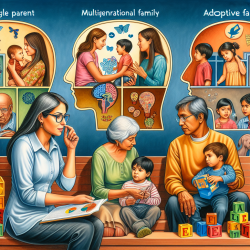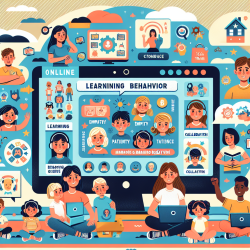Introduction
Family structure plays a crucial role in shaping children's behavior and overall development. The research article "Family Structure and Child Behavior Problems in Australia, the United Kingdom, and the United States" provides valuable insights into how different family configurations impact child behavior. This blog aims to help practitioners enhance their skills by implementing the findings of this research or encouraging further exploration.
Understanding the Research
The study explores the relationship between family structure and child behavior problems, focusing on internalizing and externalizing behaviors. Internalizing behaviors include anxiety and withdrawal, while externalizing behaviors involve aggression and disruptive actions. The research utilizes data from three countries: Australia, the UK, and the US, to understand these dynamics better.
Key Findings
- Children living with two married biological parents generally exhibit fewer behavior problems compared to those in other family structures.
- The UK results support selectivity theories, suggesting that parental characteristics influence child outcomes.
- In the US, family structure itself appears to uniquely affect child behavior, beyond resource availability or parental selectivity.
- Australian findings emphasize the role of resource availability, with family structures affecting behavior through economic and social resources.
Implications for Practitioners
Practitioners can leverage these insights to tailor interventions and support strategies for children based on their family structures. Here are some actionable steps:
- Resource Assessment: Evaluate the resources available to families, such as income and parental employment, and address any deficiencies that might impact child development.
- Parental Support: Provide guidance and support to parents, particularly in non-traditional family structures, to enhance their parenting skills and mitigate potential behavior issues.
- Cross-National Insights: Consider cultural and social differences when applying these findings, as the impact of family structure on behavior may vary across countries.
Encouraging Further Research
While the study offers significant insights, it also highlights areas for further research. Practitioners are encouraged to explore:
- The long-term effects of different family structures on child behavior and development.
- The role of extended family members and social networks in supporting child development.
- Interventions that can effectively support children in diverse family configurations.
Conclusion
Understanding the nuances of family structure and its impact on child behavior is essential for practitioners aiming to improve outcomes for children. By integrating research findings into practice and fostering further exploration, we can better support children in achieving their full potential.
To read the original research paper, please follow this link: Family Structure and Child Behavior Problems in Australia, the United Kingdom, and the United States.










